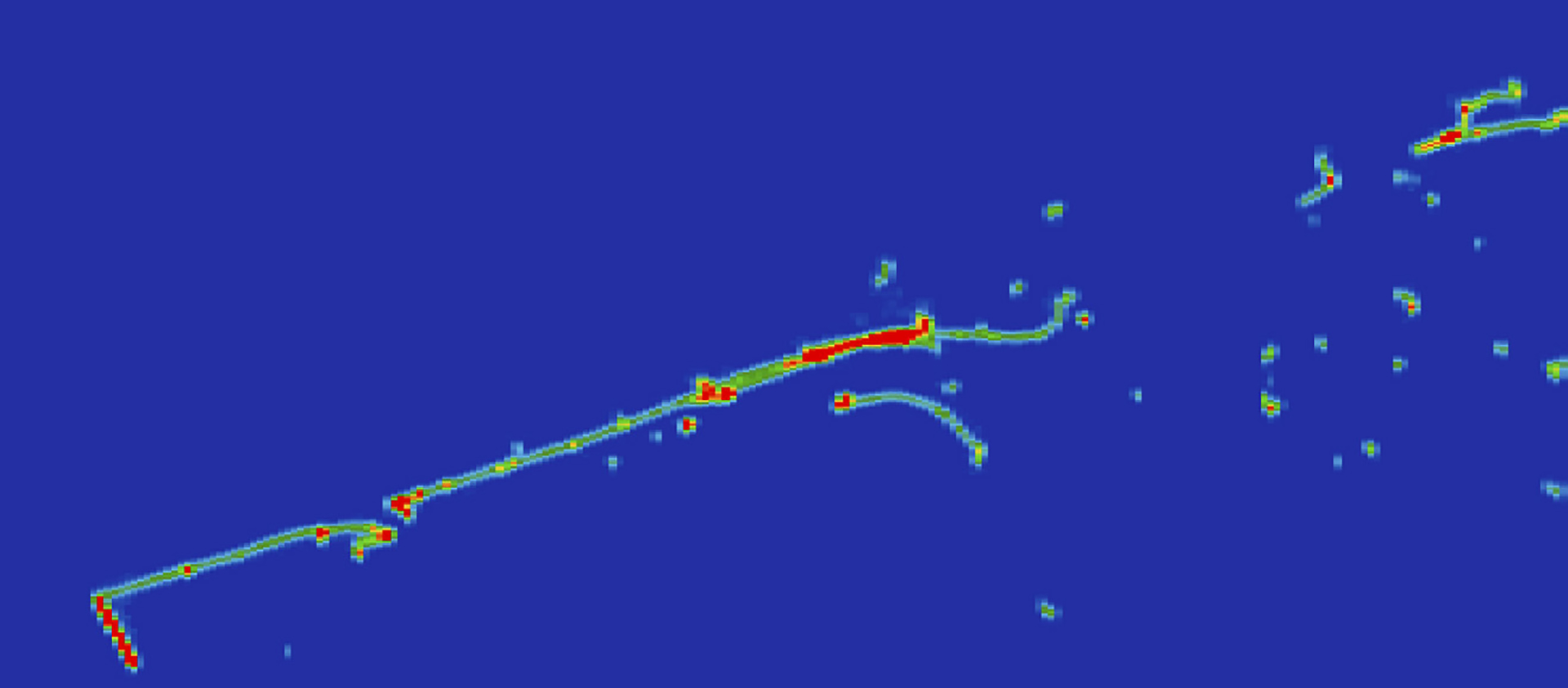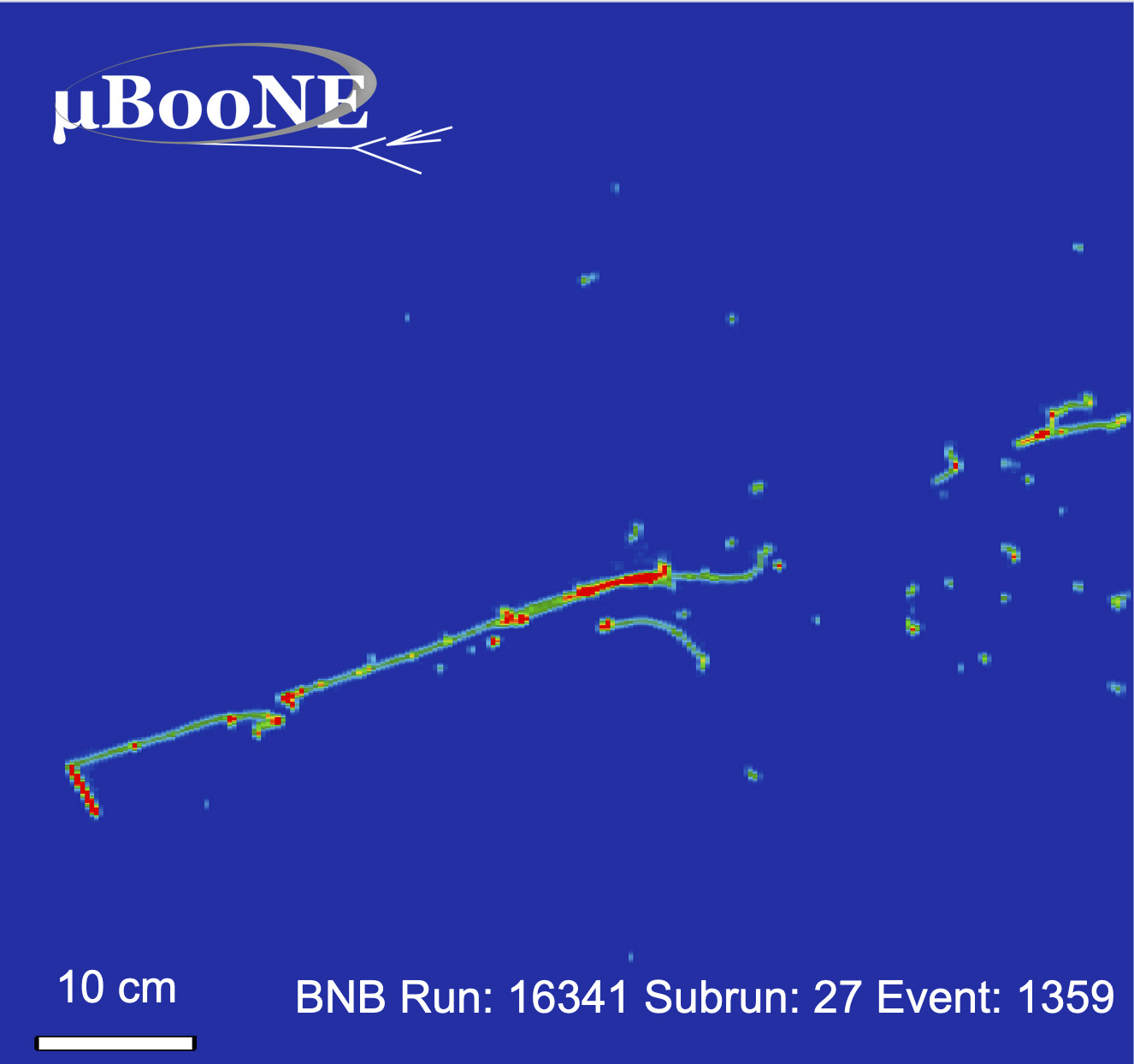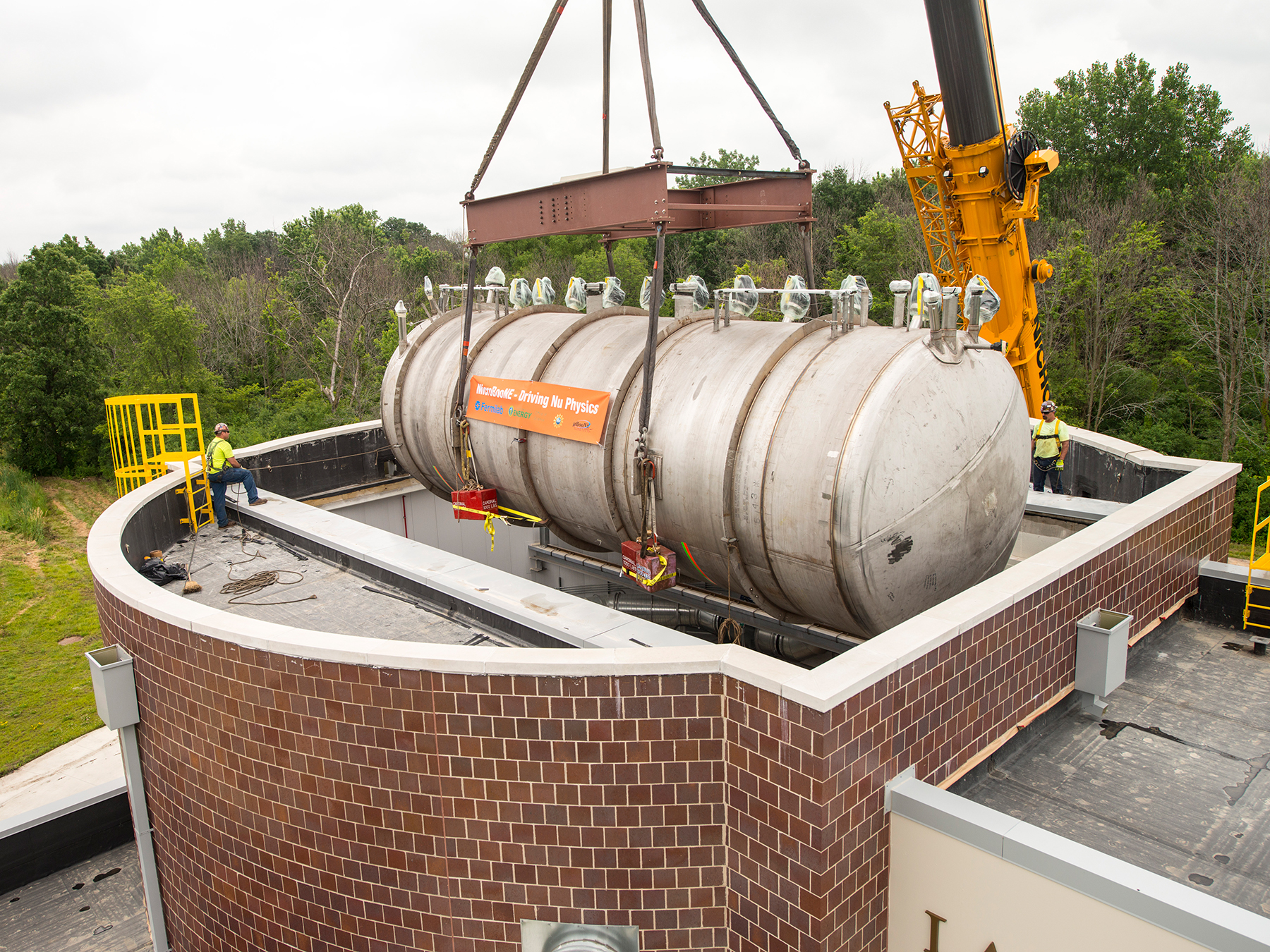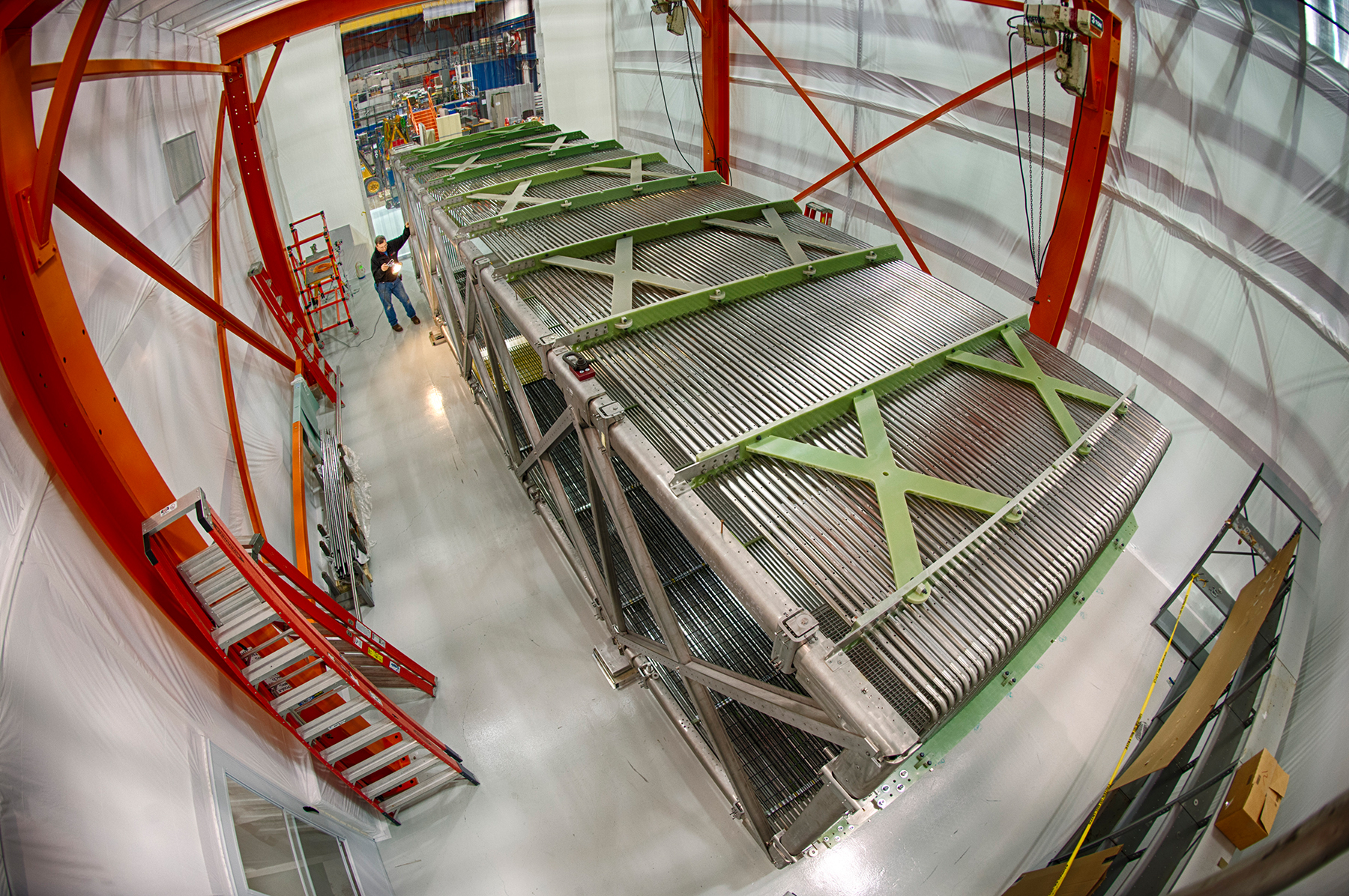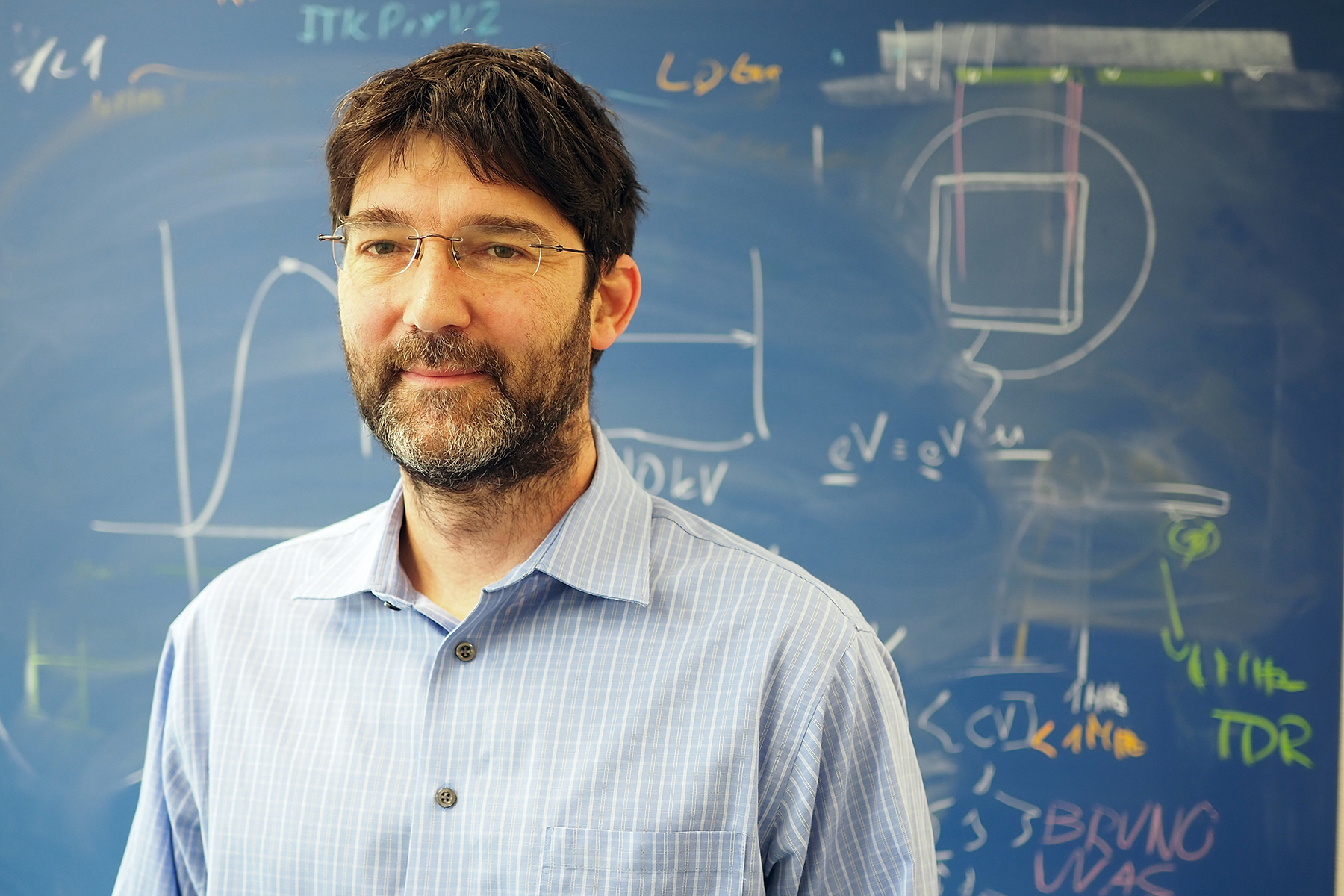Along with photons, neutrinos are the most abundant elementary particles in the cosmos. Their role, for example, in the evolution of the universe is of great importance in physics. To date, there are three types of neutrinos. However, physicists suspected a previously undiscovered fourth type of neutrino – so-called sterile neutrinos – as a promising explanation for certain anomalies in earlier experiments.
However, in October 2021, first results of the MicroBooNE experiment at the particle physics research center Fermilab near Chicago (USA) dealt the theoretical elementary particles a blow: Four complementary studies of the international MicroBooNE Collaboration came up with no evidence for the actual existence of the sterile neutrinos. Instead, the results are consistent with the standard model of particle physics, the best physical theory to date of how the universe works. “We conducted very comprehensive studies of several types of neutrino interactions. The message is the same in each case: There is no evidence that sterile neutrinos exist,” says Michele Weber, scientific lead of the MicroBooNE experiment and Professor for Experimental Particle Physics at the University of Bern.
The hunt for the “ghost particles”
Neutrinos are produced by a variety of sources, including the sun, the atmosphere, nuclear reactors, and particle accelerators. However, since they rarely interact with other matter, they are difficult to detect and are therefore also called “ghost particles”. They can nevertheless still be made indirectly visible and investigated with particle detectors.
There are three types of neutrinos: the electron, myon and tau neutrino. You can switch between these types in a special way. This is referred to as “neutrino oscillation”. In the 1990s, during an experiment in the USA, more particle interactions were observed than theoretically expected to investigate this neutrino oscillation. The existence of a fourth type of neutrino, the sterile neutrinos, became a popular explanation of these strange happenings. This hypothetical particle would be even more difficult to grasp than its “colleagues” and would respond only to gravity. But with the detector technology available at the time, it would not even have been possible to prove the existence of such a neutrino. As a result, in 2007, the idea of MicroBooNE was born.
